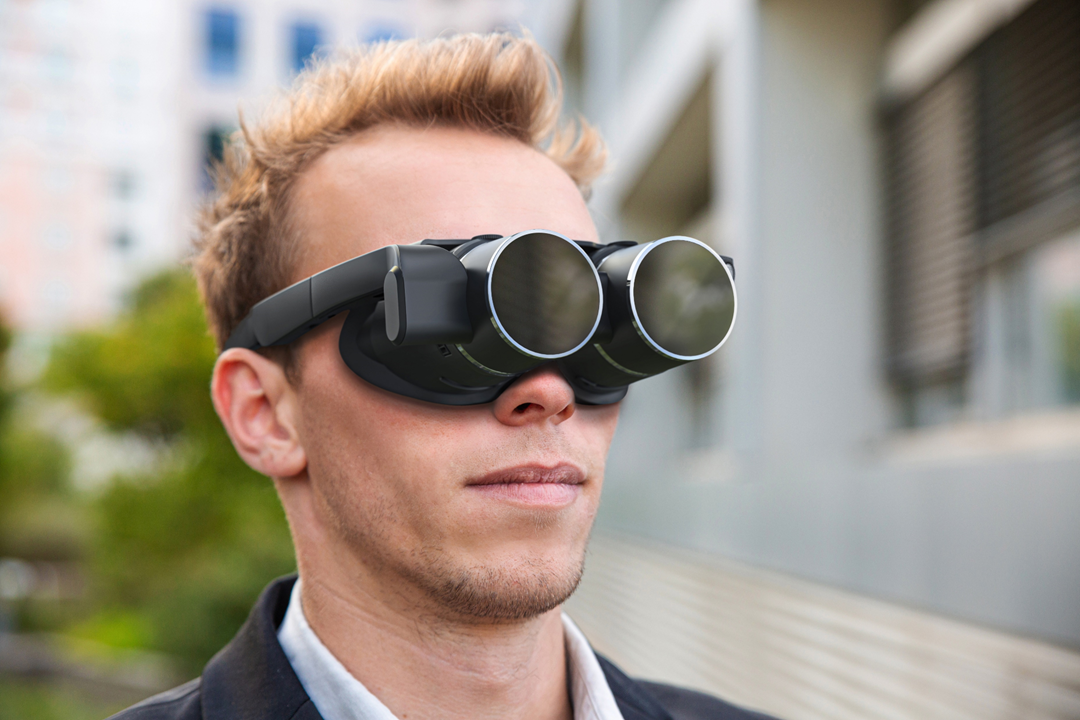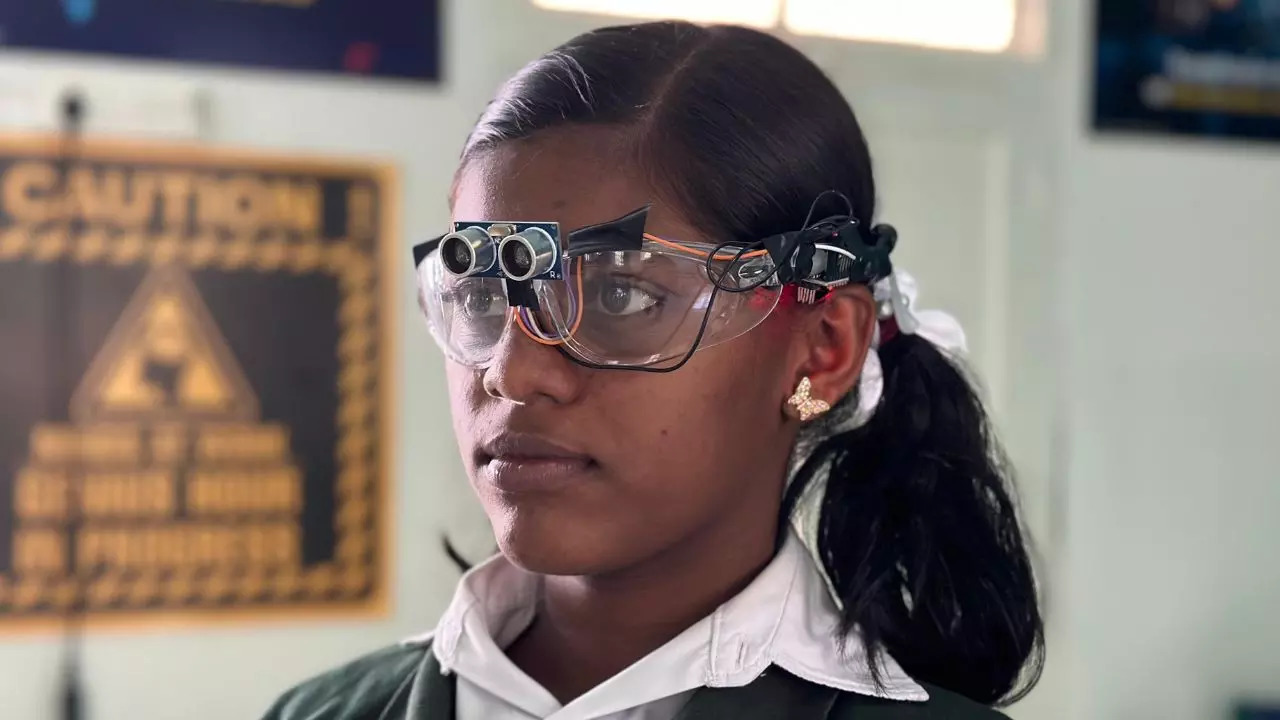The Future of Assistive Technology for the Blind: Empowering Independence
The Future of Assistive Technology for the Blind: Empowering Independence
Blog Article
Enhancing Availability Via Assistive Modern Technology for the Blind
The assimilation of assistive modern technology for the blind stands for a crucial development in access, fundamentally modifying exactly how people browse their environments and engage with society. From screen viewers to innovative wise walking canes, these devices not only improve freedom but also promote inclusivity in various rounds of life. As we discover the diverse sorts of assistive devices and their tangible effect on day-to-day living, it comes to be vital to check out just how recurring technical developments are reshaping the landscape of support for the blind neighborhood. What effects do these developments hold for the future of availability?
Introduction of Assistive Innovation
Assistive innovation refers to a variety of devices and software program made to improve the abilities of people with impairments, including those that are visually damaged or blind. This innovation plays a critical function in promoting freedom and boosting the top quality of life for individuals. By providing different techniques for accessing information and performing day-to-day tasks, assistive technology equips individuals to browse their atmospheres better.
The growth and implementation of assistive modern technology accept a variety of concepts focused on cultivating ease of access. These principles consist of user-centered layout, which focuses on the requirements and choices of the person, and the assimilation of innovation right into everyday tasks. Such advancements make sure that assistive devices are not just useful however additionally intuitive and very easy to utilize.
Furthermore, assistive technology encompasses a varied range of solutions, from low-tech choices like magnifiers to sophisticated developments such as display readers and Braille screens. The recurring evolution of this field is driven by the requirement to address the distinct difficulties encountered by individuals with visual impairments (Wearable technology for low vision). As innovation continues to development, the potential for improving accessibility and promoting inclusivity stays encouraging, inevitably adding to an extra fair society
Types of Assistive Gadgets
Many kinds of assistive gadgets are available to support individuals who are blind or visually impaired, each made to address specific needs and challenges. These devices can be extensively classified into three main types: low-tech, mid-tech, and high-tech services.
Low-tech gadgets consist of things such as magnifiers, Braille tags, and tactile maps. These are reasonably straightforward devices that boost the customer's capability to connect with their atmosphere without needing intricate technology.
Mid-tech gadgets typically include advanced functions, such as digital magnifiers and mobile Braille note-takers. These tools can supply capabilities like speech result, enabling customers to gain access to information a lot more effectively.

Effect On Daily Living
The accessibility of numerous assistive devices substantially enhances the lifestyle for people that are aesthetically damaged or blind, impacting their daily living in profound means. By incorporating technologies such as screen visitors, Braille presents, and audio summary solutions into their routines, individuals obtain better autonomy and independence. These tools assist in accessibility to details, enabling individuals to carry out daily tasks, such as checking out e-mails, browsing public spaces, and taking pleasure in media web content.
In addition, assistive gadgets empower individuals to engage more completely in social interactions and neighborhood activities. The capability to use smartphones equipped with access features enables seamless interaction and link with others. This connection promotes a sense of belonging and decreases feelings of isolation.
In professional setups, assistive modern technology sustains performance by permitting people to complete job jobs successfully. Tools like voice recognition software and specialized magnifying tools make it possible for individuals to take part in the labor force on equivalent footing with their sighted peers.

Improvements in Innovation
Recent technological innovations have actually considerably transformed the landscape of devices available for people that are visually impaired or blind. The assimilation of synthetic intelligence (AI) and artificial intelligence has triggered applications that enhance navigating and things recognition. For instance, mobile phone apps can currently utilize AI to determine and describe environments in real-time, offering users with useful contextual info.
Additionally, innovations in haptic innovation have caused the advancement of smart walking canes furnished with sensors that find obstacles and offer responsive feedback. This equips customers to navigate their environment with raised confidence and self-reliance. Technologies in text-to-speech software application and braille displays have enhanced the availability of electronic web content, allowing for seamless communication with various media.
Wearable innovations, such as wise glasses, are likewise making strides in assisting aesthetic problems. These tools can give increased reality experiences, overlaying essential info onto the individual's area of sight. Jointly, these advancements not only enhance the lifestyle for individuals who are blind however likewise promote greater inclusion in society. As technology remains to evolve, the potential for a lot more transformative tools stays imminent.
Future Trends and Innovations
As modern technology rapidly proceeds, the future of assistive tools for people that are blind holds immense pledge. Innovations in expert system (AI) and artificial intelligence are poised to transform the method blind customers engage with their atmospheres. For circumstances, AI-driven applications are being developed to enhance item acknowledgment, permitting users to identify and browse their surroundings with higher convenience and precision.
Additionally, innovations in haptic feedback innovation are allowing the development of responsive maps and navigating help that provide real-time info with touch. These advancements not just improve flexibility yet additionally foster freedom. Additionally, wearable gadgets outfitted with enhanced fact (AR) features are arising, offering users aesthetic info with sound summaries, eye pain consequently connecting the void in useful source between the digital and physical worlds.
Additionally, the integration of smart home technology presents brand-new chances for availability, enabling individuals to control their living settings through voice commands or smartphone applications. As cooperation in between tech developers and the blind area continues, the focus on user-centered layout will ensure that future technologies are customized to meet the one-of-a-kind requirements of this population (Wearable technology for low vision). The trajectory of assistive modern technology guarantees a much more inclusive and empowering future for people who are blind
Verdict
In conclusion, assistive modern technology plays an essential function in enhancing ease of access for people with aesthetic impairments. Constant improvements in technology and user-centered style ensure that these tools cater successfully to the unique needs of the blind neighborhood.
The integration of assistive innovation for the blind stands for a crucial advancement in access, fundamentally altering how people browse their environments and engage with society.Assistive technology refers to a range of devices and software application developed to enhance the capabilities of individuals with specials needs, consisting of those that are blind or aesthetically damaged. Wearable technology for low vision.As innovation rapidly advances, the future of assistive tools for people that are blind holds enormous promise. The trajectory of assistive modern technology promises a more inclusive and empowering future for click here for more people that are blind
In final thought, assistive technology plays a critical duty in improving availability for individuals with visual impairments.
Report this page